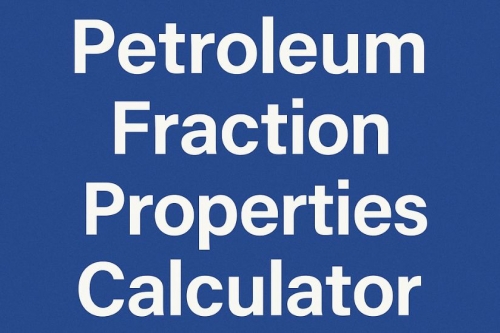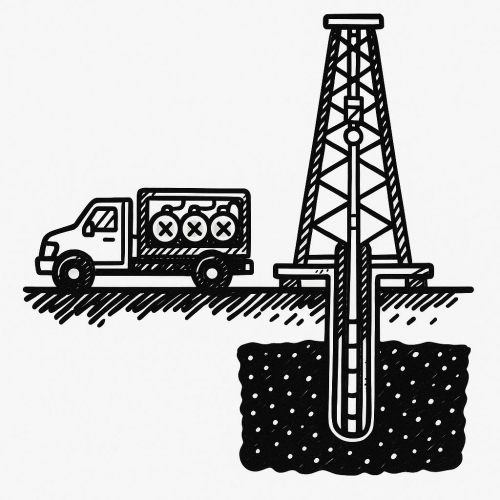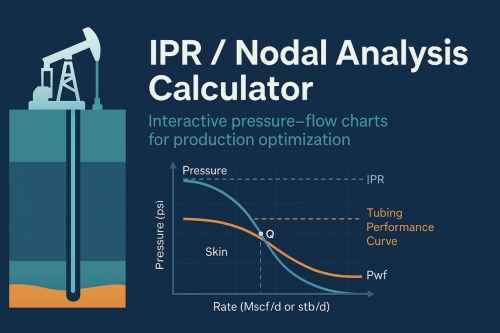Foamy oil is an oil-continuous dispersion of gas bubbles that is produced from heavy oil reservoirs under solution gas drive. It is characterized by its low viscosity and high productivity compared to conventional heavy oil.
Causes of Foaming
The exact mechanism of foamy oil formation is not fully understood, but it is believed to be caused by a combination of factors, including:
- Solution gas drive: Solution gas drive is a production mechanism in which the dissolved gas in the oil comes out of solution as the pressure in the reservoir decreases. This gas can form bubbles in the oil, which can then coalesce to form foam.
- Asphaltenes: Asphaltenes are complex organic molecules that are found in heavy oil. They can act as surfactants, which can stabilize foam.
- High viscosity: High viscosity oil can trap gas bubbles and prevent them from coalescing.
- Shear forces: Shear forces from the flow of oil through the reservoir and wellbore can also contribute to foam formation.
Benefits of Foamy Oil
Foamy oil has a number of benefits over conventional heavy oil, including:
- Lower viscosity: Foamy oil has a lower viscosity than conventional heavy oil, which makes it easier to produce and transport.
- Higher productivity: Foamy oil wells often have higher productivity than conventional heavy oil wells. This is because the gas bubbles in the foamy oil help to lift the oil to the surface.
- Improved recovery factors: Foamy oil wells can have higher recovery factors than conventional heavy oil wells. This is because the gas bubbles in the foamy oil can help to sweep the oil out of the reservoir.
Challenges of Foamy Oil Production
Foamy oil production can be challenging due to the following factors:
- Foam stability: Foams are inherently unstable systems, and foamy oil is no exception. The foam can break down in the wellbore and pipeline, which can lead to production problems.
- Foaming agents: Foaming agents are often used to stabilize foamy oil in the wellbore and pipeline. However, these agents can be expensive and can also cause environmental problems.
- Corrosion: Foamy oil can be corrosive to wellbore equipment. This is because the gas bubbles in the foam can release hydrogen sulfide, which is a corrosive gas.
Management of Foamy Oil Production
A number of techniques can be used to manage foamy oil production, including:
- Foam stabilizers: Foam stabilizers can be used to improve the stability of foamy oil in the wellbore and pipeline.
- Corrosion inhibitors: Corrosion inhibitors can be used to protect wellbore equipment from corrosion caused by foamy oil.
- Artificial lift: Artificial lift methods, such as gas lift and electric submersible pumps, can be used to help lift foamy oil to the surface.
Conclusion
Foamy oil is a complex phenomenon that is not fully understood. However, it is a valuable resource that can be produced with the right management techniques.

%20(1).png)



